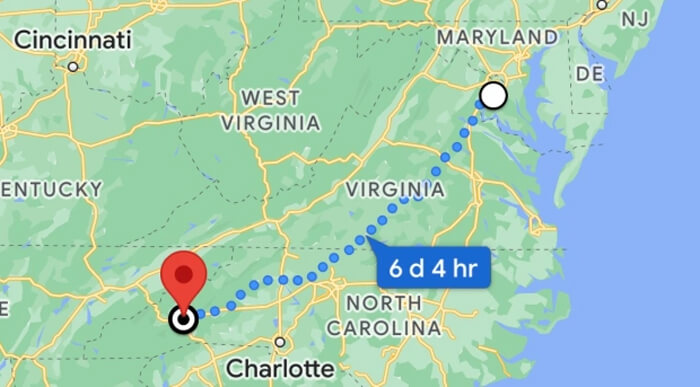
Quick Stats
Distance: 500 miles
Recommended time: 4 days
States: Virginia, North Carolina
Highlights: George Washington and Thomas Jefferson homes, Blue Ridge Parkway, The Biltmore Estate
Main Highways: Blue Ridge Parkway, Virginia and North Carolina, map of route is here
Summary: Three of America’s most famous mansions with one of America’s most scenic drives in between.
George Washington’s Mount Vernon
Both George Washington’s and Thomas Jefferson’s homes are on massive estates (8000 and 5000 acres, respectively) and nearly identical in size (11,000 sq. feet), but very different. Washington’s house is very “traditional,” with symmetrical, balanced design and few surprises. In other words, it was what you might expect to see in a 200-year-old mansion.
A modern innovation was in Washington’s office, where he had a “mechanical” fan – two pedals underneath his desk waved a cow hide “fan” above his head to create a breeze during the hot, humid summer. The Mt. Vernon Visitor Center is very thorough, and the surrounding grounds are fun explore. It’s worth about 2-3 hours, and I visited at opening time so I could hit Jefferson’s Monticello (two hours away) in the afternoon for a president double-header.
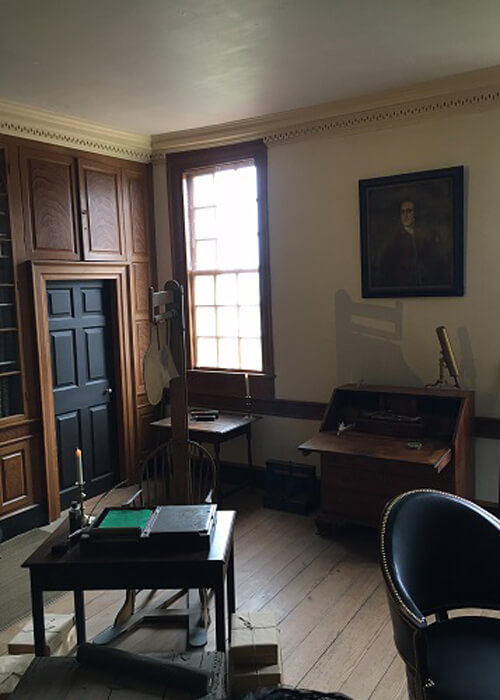
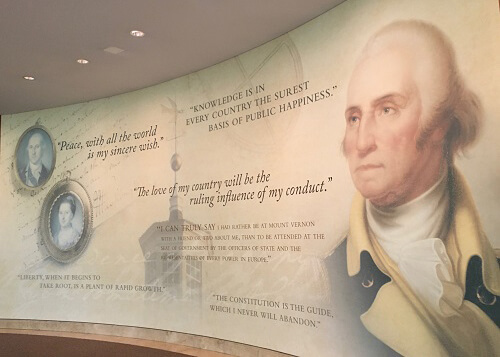
Thomas Jefferson’s Monticello
Thomas Jefferson’s Monticello is fascinating to explore, and it has you wondering what is around each corner. Designed by Jefferson himself in Palladian style with its famous circular dome, it is filled with historical artifacts and innovations, giving insight into Jefferson’s inquisitive and eccentric nature. The walls in the main entry are covered with Native American art, tools and drums, and side tables feature natural history fossils and relics – such as a set of giant mastodon jaws! Jefferson also had a very primitive version of a copy machine (called a polygraph back then) that mimicks handwriting onto a duplicate page.
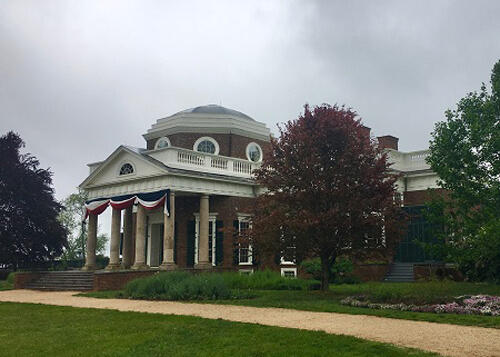
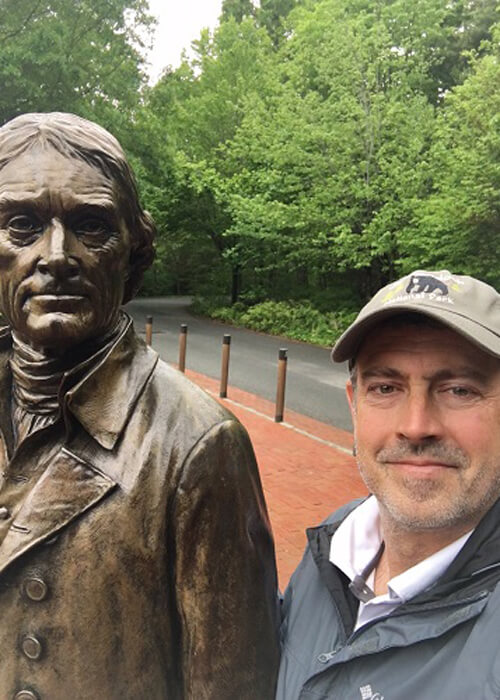
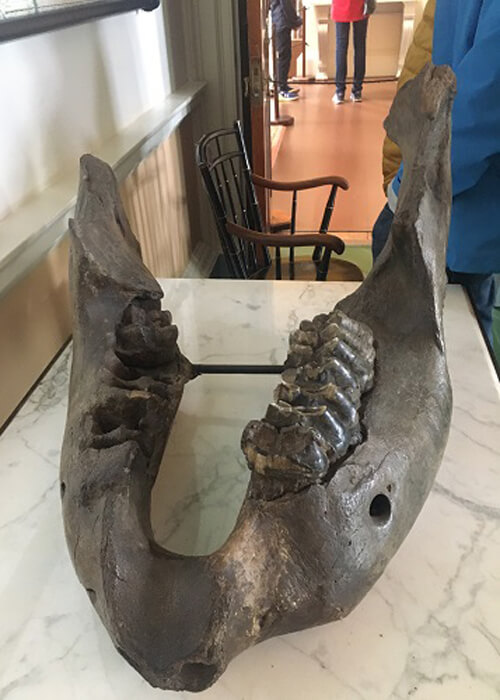
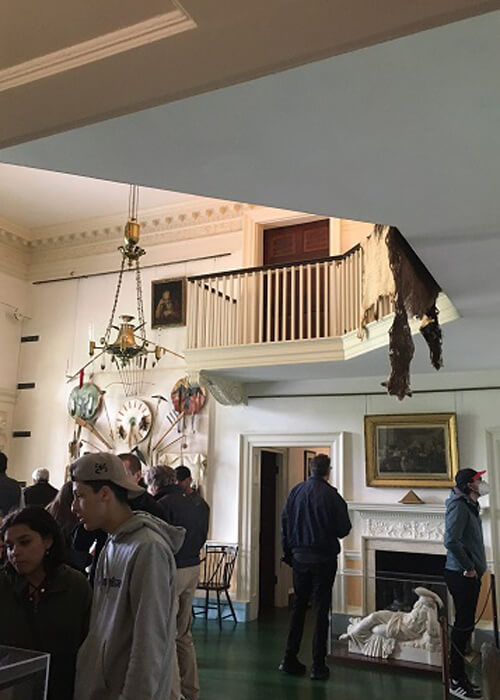
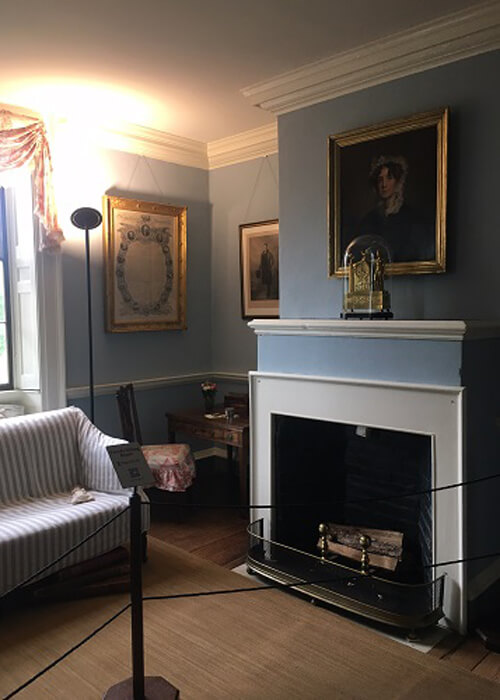
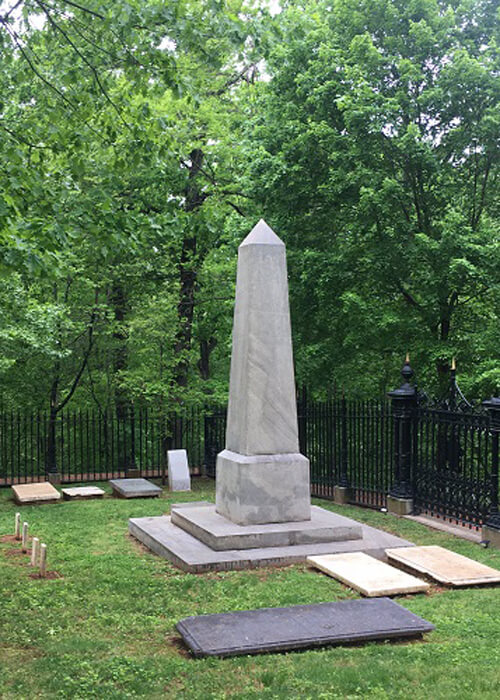
Blue Ridge Parkway
To get from Monticello to the Biltmore Estate, I took the most visited area of the National Park System: The Blue Ridge Parkway. Built in the 1930’s (partly by the depression-era Works Progress Administration), it is 469 miles of continuous highway through the Blue Ridge Mountains with many lookout points, hiking trails, historic points and visitor centers. It’s an incredible drive, and depending on the amount of stops and hikes, will take anywhere from two days to a week to explore.
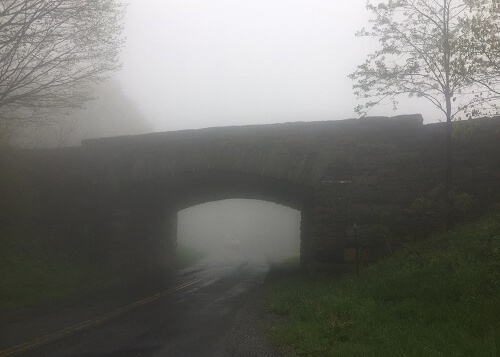
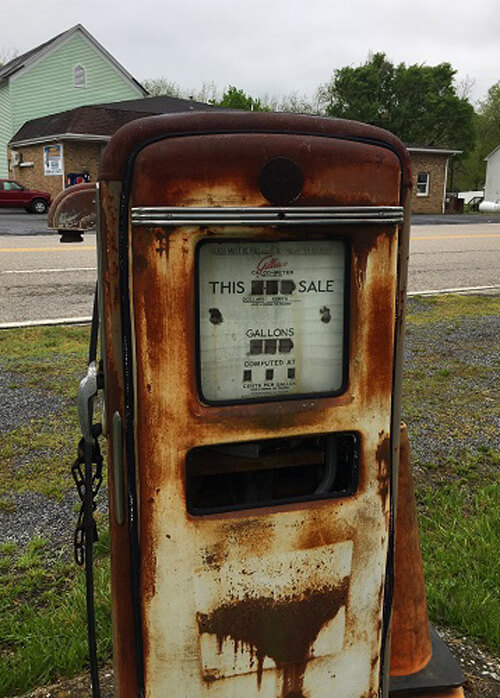
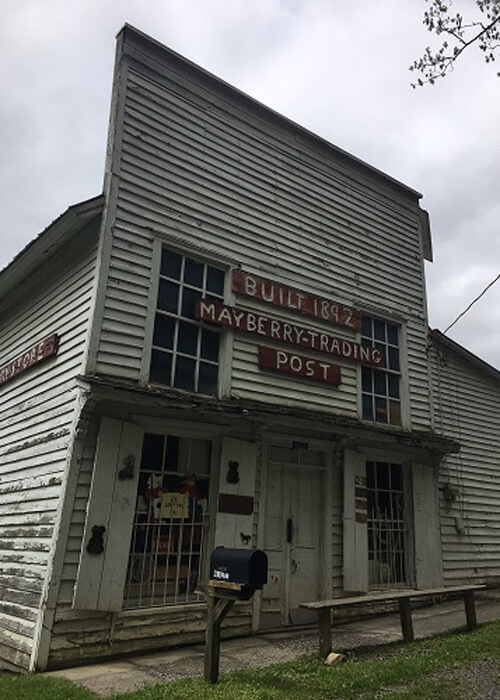
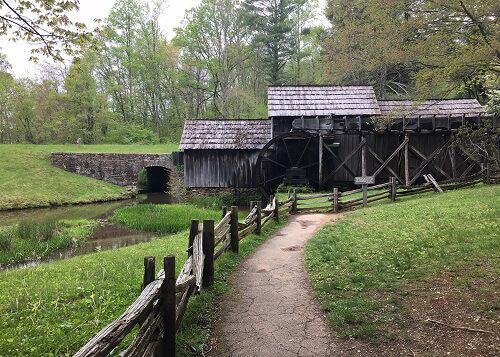
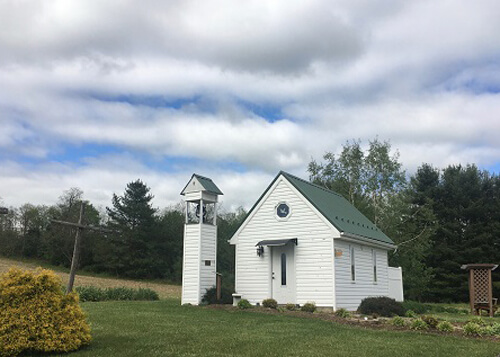
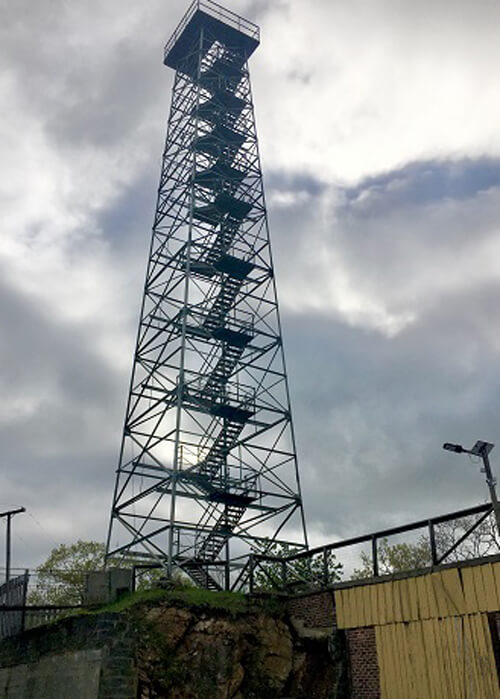
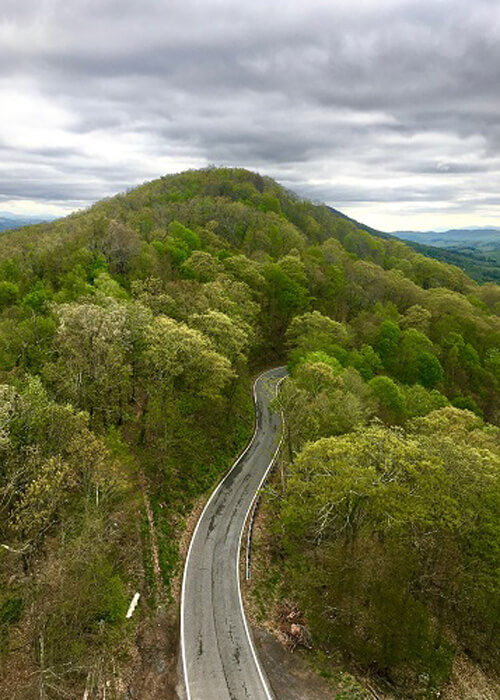
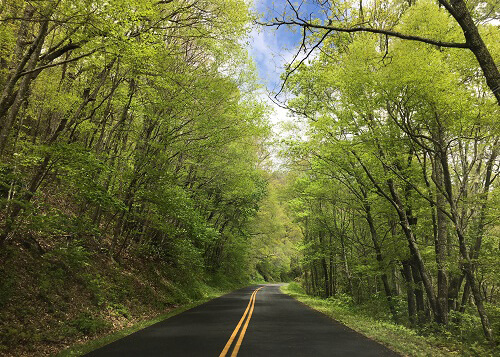
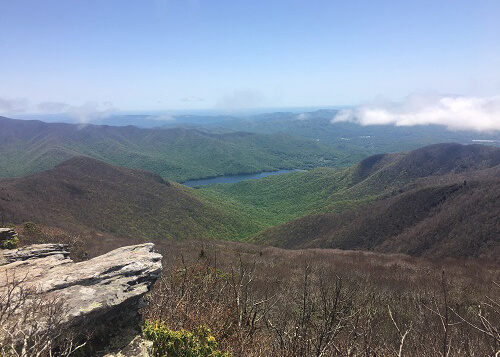
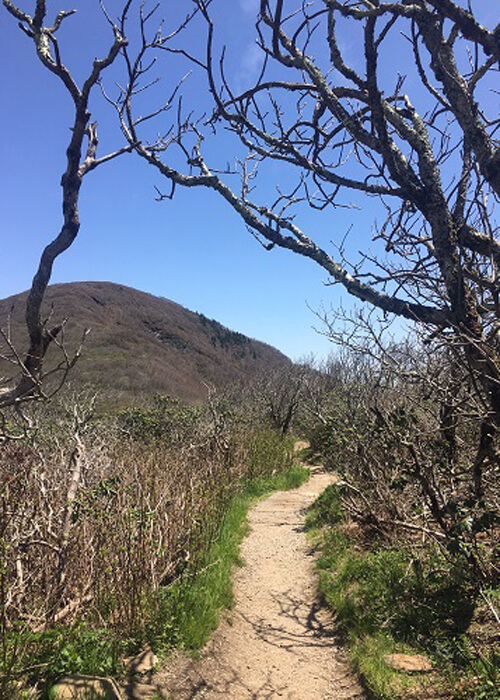
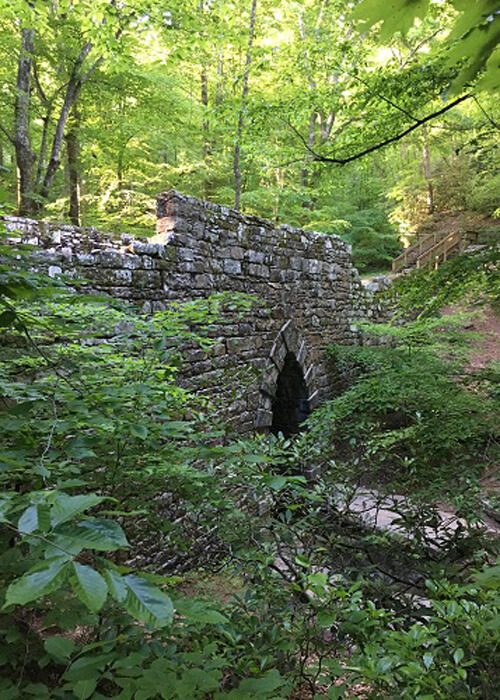
Biltmore Estate
The Biltmore Estate (1895) is the largest house in America, and once sat on 125,000 acres (currently 8000 acres), which is about 1/6 the size of Rhode Island. It has a great one-hour self-guided audio tour that covers many of rooms. The house has 35 bedrooms and 43 bathrooms. Some of the highlights are the indoor swimming pool, the giant man-cave of a billiards room, a bowling alley and the massive dining room with a sky-high ceiling. It’s considered a classic symbol of the gilded age, and still owned by descendants of Vanderbilts.
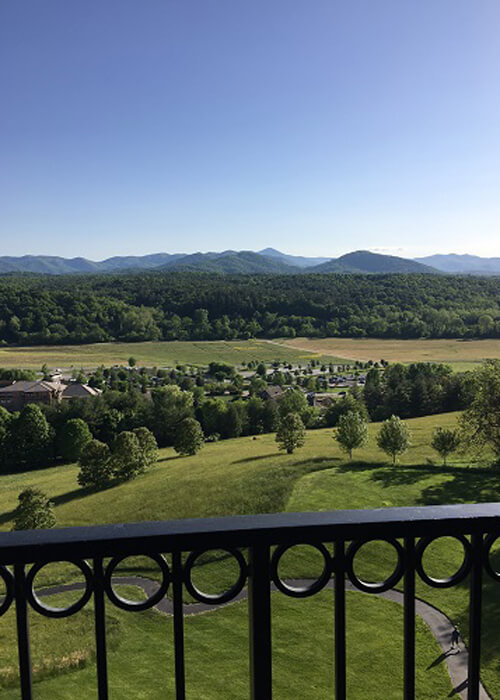
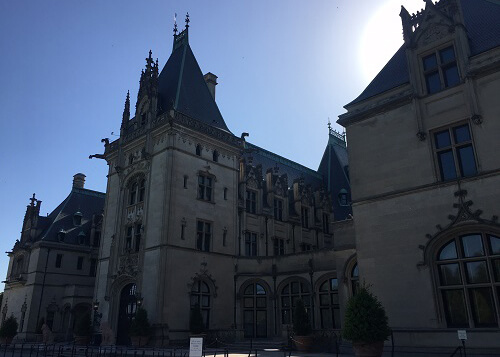
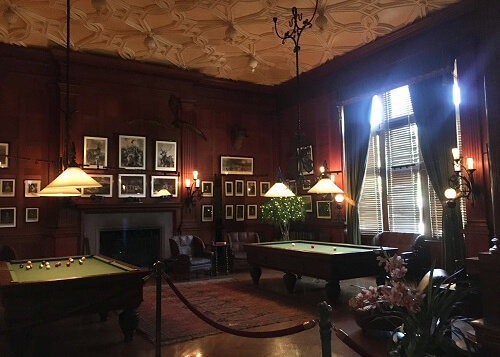
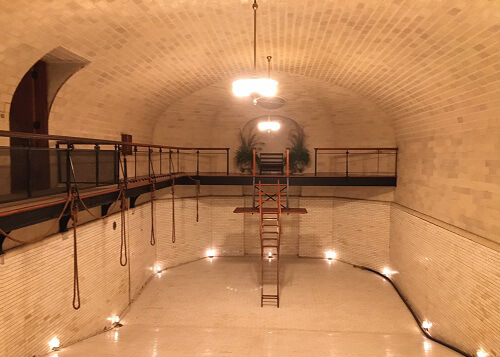
Fredericksburg
Fredericksburg is known for the civil war Fredericksburg Battlefield (both the visitors center and battlefield are free). It’s a fun, mellow hike to wander the grounds of the battlefield and check out the detailed displays.
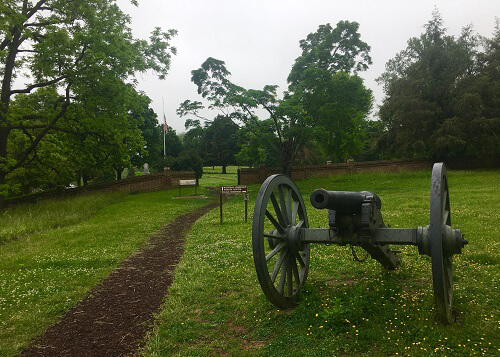
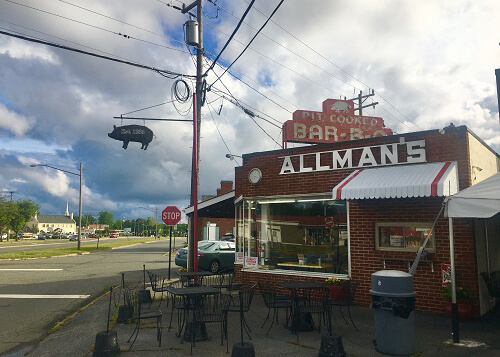

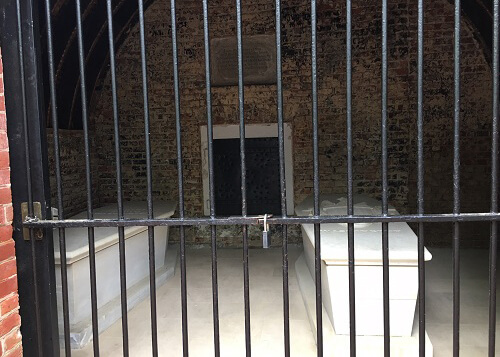
0 Comments